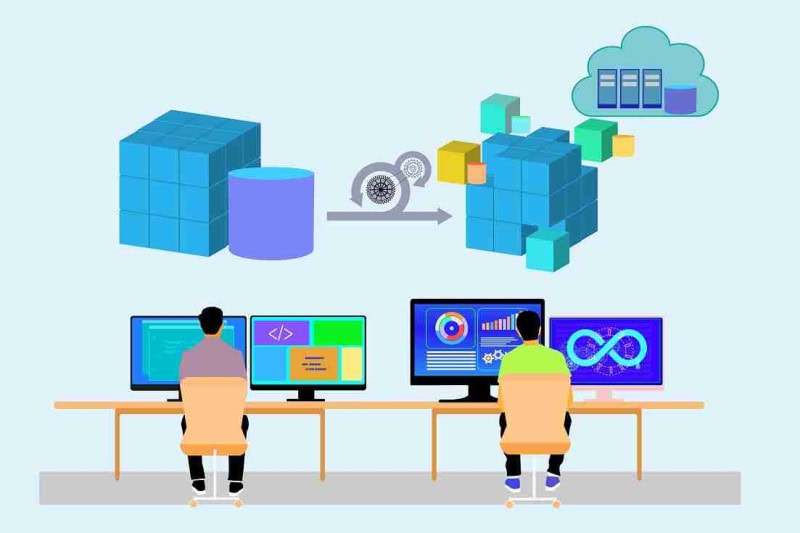Building Scalable Mobile Apps With Microservices
Mobile applications are becoming increasingly advanced as user expectations continue to rise. By dividing an application into smaller, independent components, this model makes it easier to scale, update, and maintain. The result is faster development cycles, more reliable performance, and the flexibility needed to grow in a competitive digital environment.
Scalable Mobile Apps
Microservices concept
Microservices represent a design where each service performs a specific function. Unlike monoliths, these services can operate and scale independently. This separation provides greater flexibility in deployment cycles. Teams can update one service without disrupting the entire system. As a result, apps become more resilient and responsive.

Scalability benefits
With microservices, scaling happens at the service level. High-demand functions can be expanded while others remain unchanged. This efficient use of resources lowers operational costs. Furthermore, it ensures consistent performance even during traffic spikes.

Development agility
Microservices empower developers to work on separate modules simultaneously. This parallel development shortens release timelines. Teams also find it easier to experiment with new features. Consequently, businesses can adapt quickly to user feedback and market changes.

Technology flexibility
Teams are not restricted to a single programming language or framework. Each service can be built with the most suitable technology stack. This approach supports long-term innovation by leveraging diverse tools. Collaboration with App Developer New York often reveals how flexibility fosters better solutions.

Fault isolation
System failures can be disastrous in mobile applications. Microservices reduce risks by isolating faults within a single service. If one module fails, the others continue functioning normally. This containment enhances reliability and user satisfaction. Moreover, it simplifies troubleshooting since issues are confined to smaller areas.
Continuous deployment
Modern apps require frequent updates to stay relevant. Microservices architecture aligns well with continuous integration and deployment pipelines. Automated testing can target individual services for faster validation. This reduces downtime and boosts overall release confidence. Businesses can push features live more regularly without service interruptions.
Cost efficiency
Microservices make cost control more achievable by allocating resources where needed most. Lightweight services consume fewer server resources compared to scaling entire monoliths. Cloud providers also offer pricing models that align with this architecture. Therefore, companies can balance performance with financial efficiency.

User experience
The end goal of mobile app development is delivering superior user experiences. Microservices enable consistent performance under heavy load. Apps respond faster and offer uninterrupted services even during updates. This reliability builds user trust and engagement. Over time, improved experiences translate into stronger brand loyalty.

Business growth
Adopting microservices can fuel long-term business expansion. Scalable systems allow companies to handle growing user bases without technical bottlenecks. Rapid deployment cycles make it easier to launch new features. Cost efficiencies free resources for innovation. Partnering with App Developer New York ensures businesses harness these growth opportunities effectively.

Conclusion
Building scalable mobile apps requires more than just advanced coding skills. It empowers teams to scale efficiently and meet rising user demands. Companies embracing this model are positioned for sustainable growth. Working with App Developer New York provides expertise that turns these principles into successful mobile solutions.
